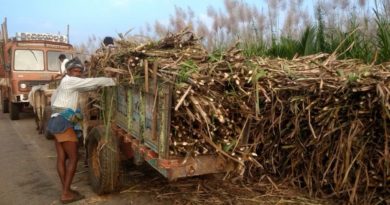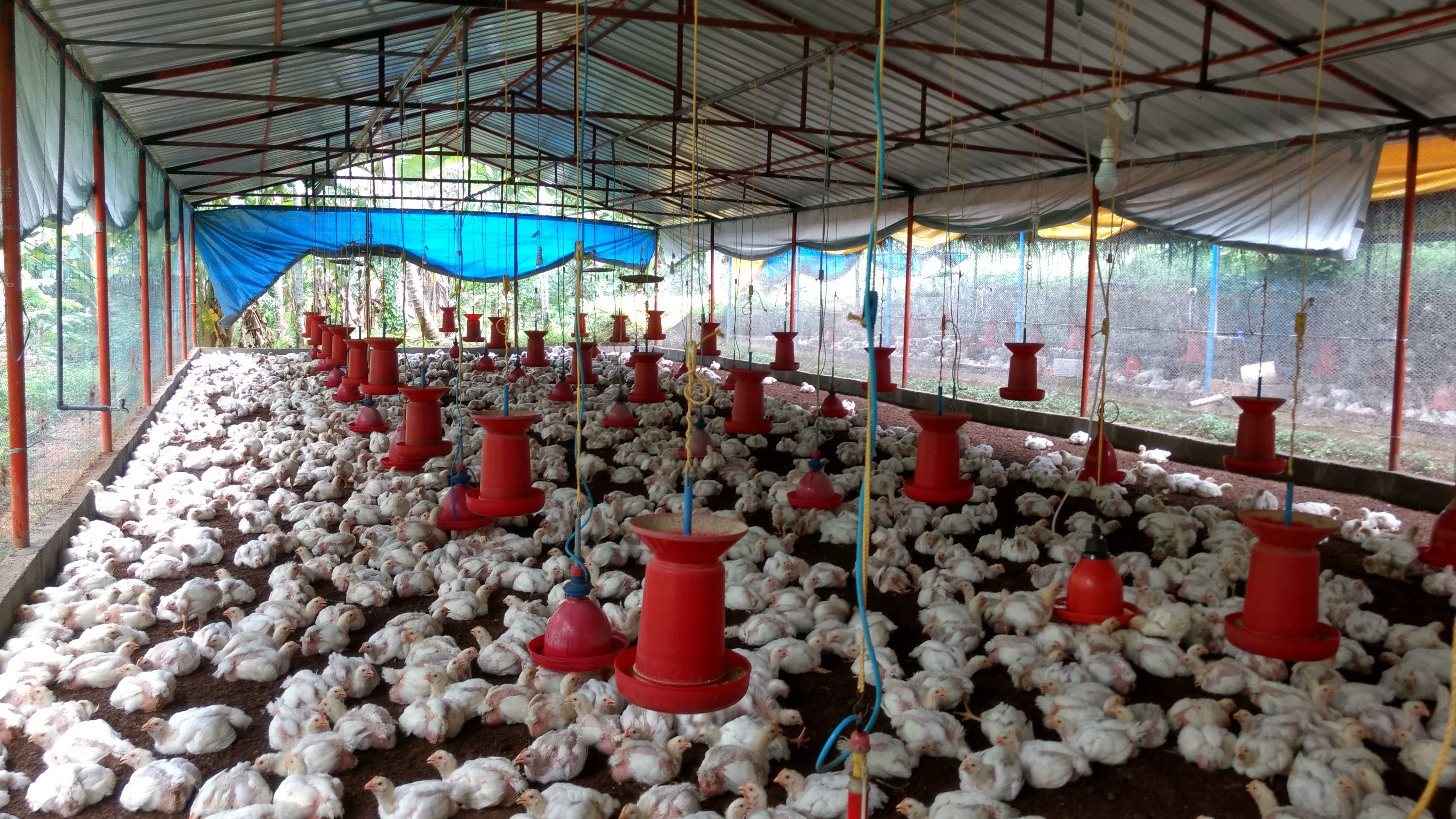When the White Revolution Turns Grey; the Future of India’s Dairy Sector [Part 1]
The opening sequence of Manthan, the 1976 Hindi film directed by Shyam Benegal, starts rolling with a train coming into a deserted and tiny rustic railway station, with the soulful rendering of the Gujarati folk song “Mero Gaam Katha Parey,” in the background. Then, the protagonist, a young veterinary surgeon played by Girish Karnad, gets off the train. A group of villagers comes running with garlands in their hands to welcome the guest, and the first dialogue in the movie is, “Maaf kijiye, gaadi time par aa gayi,” a sharp wit and an astute commentary on the ways in which public utility systems in that part of the nation function.
Also Read: What is eNAM? Between a Dream and Reality
Manthan was a milestone movie in the history of Indian cinema for many reasons, foremost of which, the movie was jointly funded by five lakh farmers donating Rs 2 each. But, there was a bigger success story in Gujarat to illustrate the collective strength of farmers, the formation of Kaira District Co-operative Milk Producers’ Union, which inspired Shyam Benegal to make Manthan. The cooperative movement in turn led to the formation of Amul in 1946, the cooperative giant of Indian dairy sector and eventually paved way to the White Revolution in the 70s.
Being the world’s largest and fastest growing markets for milk and milk products, the lineage of India’s dairy sector traces back to the pre-colonial era. India was always known for its bovine population and milk has been an essential item in our cuisines and menus, despite the North and South culinary differences. Besides, livestock was an important asset for Indian farmers, which supplemented their agricultural income. Cattle and buffaloes have been shouldering the traditional roles of providing milk, manure and bullocks, in addition to plough the land for farming.
Traditionally, India had some of the best cattle breeders in the world and a high yielding genetic stock was maintained through indigenous breeding methods. But, along with colonialism came a new era of urbanism and the cities started to demand more and more milk and milk products to feed the ever increasing number of city dwellers. This led to the centralised rearing process and the pattern of a few lactation cycles and slaughter house for the livestock. Intermixing good yielding and bad yielding breeds in this profit based trade eventually led to the near destruction of the best genetic stock of the country.
Also Read: A Walk on the Sickle’s Edge: When Looking for Farmers in the Union Budget 2018
Indian dairy sector was on the verge of a collapse when Amul came into existence in 1946. The decisive shift happened when a cooperative movement began in Gujarat against the monopoly of Polson Dairy, a locally-owned dairy in Anand. Amul’s architect was the late Dr Verghese Kurien, who arrived in Anand in 1949 as a government employee and went on to become the flag bearer of Operation Flood, a cooperative dairy movement that skyrocketed India from a net importer of milk into the world’s largest producers.
The National Dairy Development Board, under the chairmanship of Dr Kurien, streamlined Operation Flood, which led to the modernization of India’s dairy sector and created a strong network for procurement, processing and distribution of milk through the cooperatives in the 70s. With the milk farmers in other states followed the Gujarat model, per capita availability of milk had increased from 132 gm per day in 1950 to over 220 gm per day in 1998. Dr Kurien’s vision of farmers owns the brand Amul helped to generate a sense of ownership and accountability among the farmers.
Today, milk is processed and marketed by more than 15 State Cooperative Milk Marketing Federations, with brands like Amul (GCMMF), Vijaya (AP), Verka (Punjab), Saras (Rajasthan). Nandini (Karnataka), Milma (Kerala) and Gokul (Kolhapur) are the market leaders in respective states. The movement also reinvented dairying as an important source of employment and income for the rural farmers. Along with the Board, the movement spearheaded the improvement in yields, longer lactation periods, shorter calving intervals, modern breeding techniques, and a large network of milk collection centers. The path breaking movement crossed the international boundaries as India’s White Revolution and inspired many developing countries to trigger own White Revolutions.
Also Read: How Kudumbashree Redeemed the Fallen Agrarian Angels as Agripreneurs
The success story of Amul and sister cooperative was based on their focus on urgent needs and challenges of the Indian dairy sector in the 70s, like proper financial assistance and technical expertise in milk production, employment generation, milk availability, foreign exchange savings, and raising farmer incomes. Now, dairy co-operatives hold the major share of processed liquid milk marketed in the country. The momentum of the White Revolution enabled India to contribute about 20% of world milk production at around 155.5 million metric tons in 2015-16, with a dairy sector growing at the rate of 4.5%, whereas the world is growing at the rate of around 1.8%.
India contributes to 30.3% of world bovine population with 191 million cattle and 109 million buffaloes. Milk has been India’s largest crop worth around Rs 6.5 lakh crore with an ever growing per capita consumption. It is estimated that India’s per capita consumption will be equal to that of the US or Europe, about 800 grams per person per day, by the next 50 years. So, everything seems confident and optimistic on the surface. But, ground realities lurking under the euphoria aren’t as welcoming as milk yield per animal is lowering at an alarming rate.
India’s annual milk production per cow is only 1,310 kg, whereas the world average is 2,200 kg. It is desperately incompetent when compared with the 9,314 kg of the US and 10,035 kg of Israel, India’s major competitors. The major reasons for low yield are lack of scientific practices in rearing, poor availability of fodder and unavailability of efficient veterinary health services in many parts of the country.
Also Read: When the White Revolution turns grey; the future of India’s dairy sector [Part 2]



